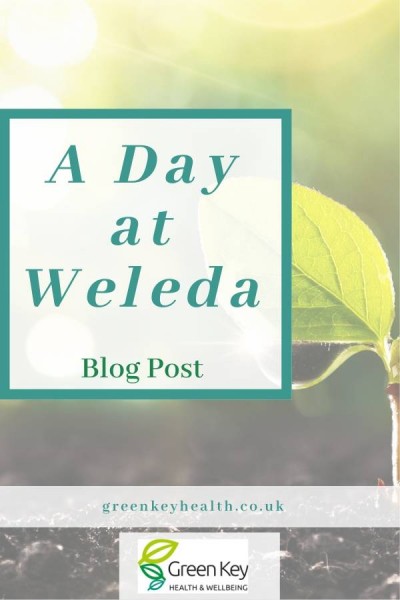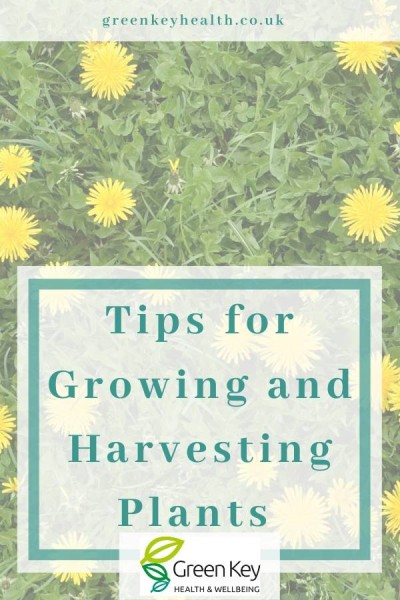
This year the Herb Society AGM was held at Weleda, who sponsored the entire event. Weleda describes itself as a “unique organisation – economically thriving, kind at heart and committed to the well-being of our planet, our environment and our people.” The weather was perfect and the meeting was held in the terrace conference room that opened out through glass sliding doors on to the original Weleda herb garden. A perfect setting for any meeting. With the strong connection to nature and healing herbs, this could not have been better.
After a wonderful vegan lunch made with fresh ingredients of all colours including a vegetable tagine and mixed green salad followed by a most indulgent sticky toffee pudding, not part of the rainbow! We were treated to a tour of the local Weleda herb fields - the focus of this blog.
Whilst we were probably 2-3 weeks late to witness harvesting of Calendula officinalis (Marigold) and Matricaria recucita (Chamomile) all the information around growing and harvesting shared by Claire Hattersley, the head gardener for 22 years, was fascinating. Having stepped aside from this role Claire is now the Garden Development Manager. Irrelevant of title, she is just a fountain of knowledge, clearly passionate about what she does and loving of all things plant-related.
 Quality is everything
Quality is everything
Claire explained the “science” around how Weleda grow and harvest herbs, which is one of the reasons why the products have won many awards. “Not all herbs require a large field that is laid out in organized rows, said Claire. For some herbs, such as Carduas marianus (Milk Thistle), Althea officinalis (Marshmallow) and Artemesia absinthium (Wormwood), a small patch in amongst other herbs is preferable for the plant and thus produces a good harvest to support the requirements for products in the Weleda range. Claire further added, “that harvesting herbs from a “natural” growing environment has been scientifically proven to increase the quality of active constituents.”
Planting and harvesting are all done in harmony with the earth’s cycle. Planting just before full moon and harvesting close to full moon. Planting in the afternoon as the earth breathes in, rather than the morning to avoid stressing the plant. As the earth is breathing in, it helps to settle plants quickly with as little stress as possible.
All natural
The Weleda fields are managed 100% without herbicides and pesticides. Where possible the herbs remain in their natural habitat such as hedgerow in the case of Crateagus oxycantha (Hawthorn) and in fields, as found in nature in the case of Primula veris (Cowslip) and Taraxacum officinalis (Dandelion). This approach not only improves the quality of the active constituents, but also supports a much bigger ecosystem of butterflies, bees and other wildlife.
Nothing goes to waste. Composting at Weleda uses all parts of leftover harvested plants including stalks, flowers, leaves and roots to become compost to feed back into the earth. The different parts are split into groups and added to the compost heap in such a way to ensure enough air, as well as the production of heat to break down all parts quickly and effectively. To help with de-composition straw is added to the heap, providing texture, as well as air and once the heating begins to keep the heat inside to ensure thorough decomposition in a speedy manner.
A partnership with bees
Weleda supports a local beekeeper that keeps his beehives in a dedicated section of the fields. He commented “that because the fields are natural and healthy, with a wide variety of flowering plants throughout the year, the bees are very healthy and happy and do not suffer from typical bee diseases such as Chalk brood caused by the Ascosphaera fungi.” The beekeeper is careful to share the honey with the bees ensuring they have enough to feed on during the winter months, creating a sustainable partnership.
At the end of this very special day, I drove away with a smile on my face and warmth in my heart, knowing that it is possible to be a profitable organisation through commitment to a sustainable environment and through care of both people within the organisation and within the smaller local, as well as the larger global community.
Tips gained from Claire about growing and harvesting plants:
- Work with the cycle of the moon: plant just before full moon and harvest around full moon to glean the highest concentration of active ingredients.
- Plant in the afternoon when the earth is breathing in, to avoid causing undue stress to the plant.
- Keep plants in a natural environment that is as close to their usual way of growing.
- Companion plant with other herbs and plants to manage slugs and snails.
- Make your own compost from natural household waste, adding straw to speed up the process of decomposition.
- Once harvested, put the herbs straight to processing to maximize the quality and intensity of the herbal constituents.
New here? I write about how to take a holistic approach to health and well-being, to treat illness and help you be the best you can be. You can read similar blogs here:
Why we are Addicted to Prescription Drugs
Does your Work day Eat into your Lunch Break?
Are you Drinking enough Water?
Muscle Memory, Loneliness and Health
Do you love Pinterest as much as I do? Please pin any of these graphics!



Add new comment